
Practicing allyship involves being supportive of or willing to help people within the LGBTQ+ community by recognizing the injustices that LGBTQ+ people face and taking tangible actions to help rectify them. The LGBTQ+ community can include individuals who identify as lesbian, gay, bisexual, trans, and queer. Someone who practices allyship may or may not identify as an LGBTQ+ member. Oftentimes, their work consists of challenging homophobia and heterosexism in an attempt to fight against oppression and other discriminatory acts against LGBTQ+ individuals. The three steps to allyship include awareness, action and integration, but each step is an on-going process that requires communication and a desire to learn.1 Awareness means understanding how our actions can be helpful or misguided. Action includes practices that support the LGBTQ+ community and actively distances or shames the oppressive group. Lastly, integration is essential to educating ourselves and others to learn new ways to practice allyship.1 When practicing allyship, one should be comfortable discussing their own beliefs, actions, and behaviors with members of the LGBTQ+ community and with people who do not identify as LGBTQ+.
Allyship Versus Ally
While many well-intentioned people identify themselves as allies to the LGBTQ+ community, there is a difference between the terms “ally” and “allyship.” The word “ally” is perceived as problematic due to its permanent nature; someone who commits one act of allyship does not have the right to identify as an ally.2 Allyship is important because it implies action which means that there is a lifelong need to recognize privilege and actively choose to support the LGBTQ+ community. This includes acknowledging mistakes and learning from them.
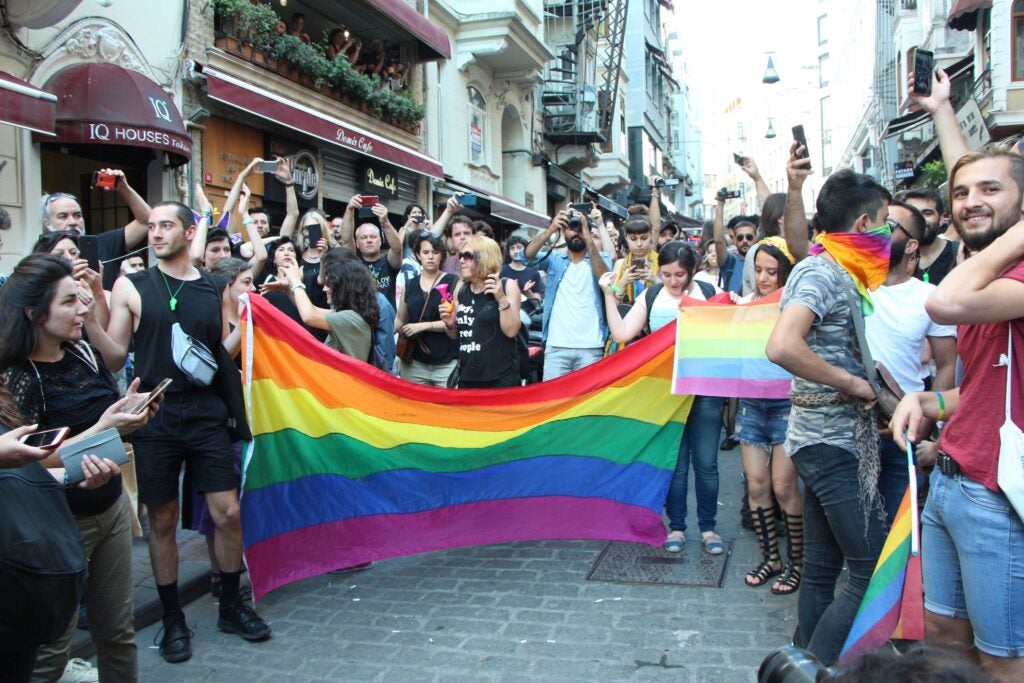
Why Allyship Matters
The LGBTQ+ community has been continuously marginalized and oppressed all over the world. While some LGBTQ+ rights have been mandated and same-sex marriage is now legal in the United States and many other countries, there is still a lot more that can be done to help the LGBTQ+ community secure safety and equitable rights. Conversion therapy, which attempts to “convert” LGBTQ+ members to be heterosexual or cisgender in emotionally manipulative or physically abusive ways, is still rampant around the world. The LGBTQ+ community suffers from more negative mental health outcomes compared to their heterosexual peers and the LGBTQ+ community is one of the most at-risk groups for suicide.3 Some countries still outlaw homosexuality or even punish it by death. The LGBTQ+ community needs allyship to help change discriminatory and oppressive laws but also needs allyship to build resilience in everyday interactions. Allyship in the form of Gender and Sexuality Alliances (GSAs) and online interventions help LGBTQ+ youth develop resilience and social connectedness.3 This in turn, reduces repetitive self-harm behaviors and suicide attempts.3 Lastly, allyship can help everyone reflect, listen, and learn to become more self-aware and empathetic.
Practicing Allyship
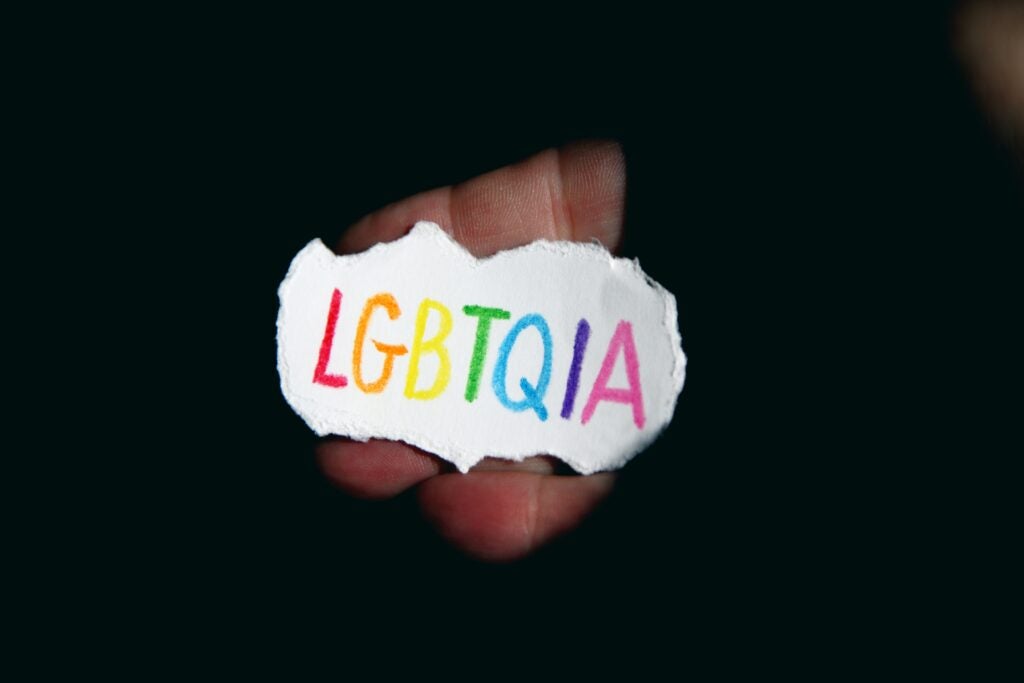
It is important for people, both within and outside of the LGBTQ+ community, to practice allyship. The LGBTQ+ community is very diverse and allyship to one person of a specific identity within the LGBTQ+ community might look very different to another member of the community. This means that LGBTQ+ community members can learn just as much about allyship as heterosexual or cisgender people who may not be within the community. Lesbian, gay, bisexual and queer identifying people will have vastly different experiences than trans* and gender non-binary identifying people. Furthermore, due to intersectionality, or “the interconnected nature of social categorizations such as race, class, and gender, regarded as creating overlapping and interdependent systems of discrimination or disadvantage,” oppression within one identity is not automatically negated by allyship in another.2,8 For instance, a man who is both gay and white can still be racist to another man who is gay and Asian. Rules on how to practice allyship can be fluid and dependent on the unique situation where allyship is practiced or how the member of the LGBTQ+ community needs allyship. Below are some general guidelines on how to effectively practice allyship.
Educate Yourself
- Practice active listening to the LGBTQ+ community. Ask about topics you may not understand, but research first, if possible. Members of the LGBTQ+ community may not be able to answer every question due to the diverse range of identities, nor do they have an obligation to.4
- Pay attention to who gets positive and negative attention, space, and resources within and outside of the LGBTQ+ community.4
- Question the perspective of LGBTQ+ stories told in the media and online.4
- Identify common microaggressions against the LGBTQ+ community and eliminate them from your vocabulary and behavior.4
- Attend as many LGBTQ+ events, programs, conferences, and workshops as possible to increase your understanding of the LGBTQ+ community. By showing support for the community, you are increasing awareness and building stronger ties with the LGBTQ+ community.5
- Learn more about the specific issues that are harming the LGBTQ+ community and understand that there is always more to learn.5
Practice Accountability
- Speak up and confront others. If you hear anyone using homophobic or transphobic slurs, or speaking negatively about the LGBTQ+ community, explain to them and whomever else around that intolerant behavior is not acceptable.
- Avoid inaction when tired or overwhelmed when confronting oppression. The LGBTQ+ community doesn’t have that ability to ignore oppression the same way you might be able to.
- Recognize that practicing allyship shouldn’t require praise, recognition or an audience.4
- Don’t expect perfection. Understand that you are learning and may make mistakes, even inadvertently. Use feedback to improve and grow for future scenarios.
- Don’t “out” or reveal someone’s sexual orientation or gender identity to any third party without the said individual’s explicit permission before hand.
Be a Role Model
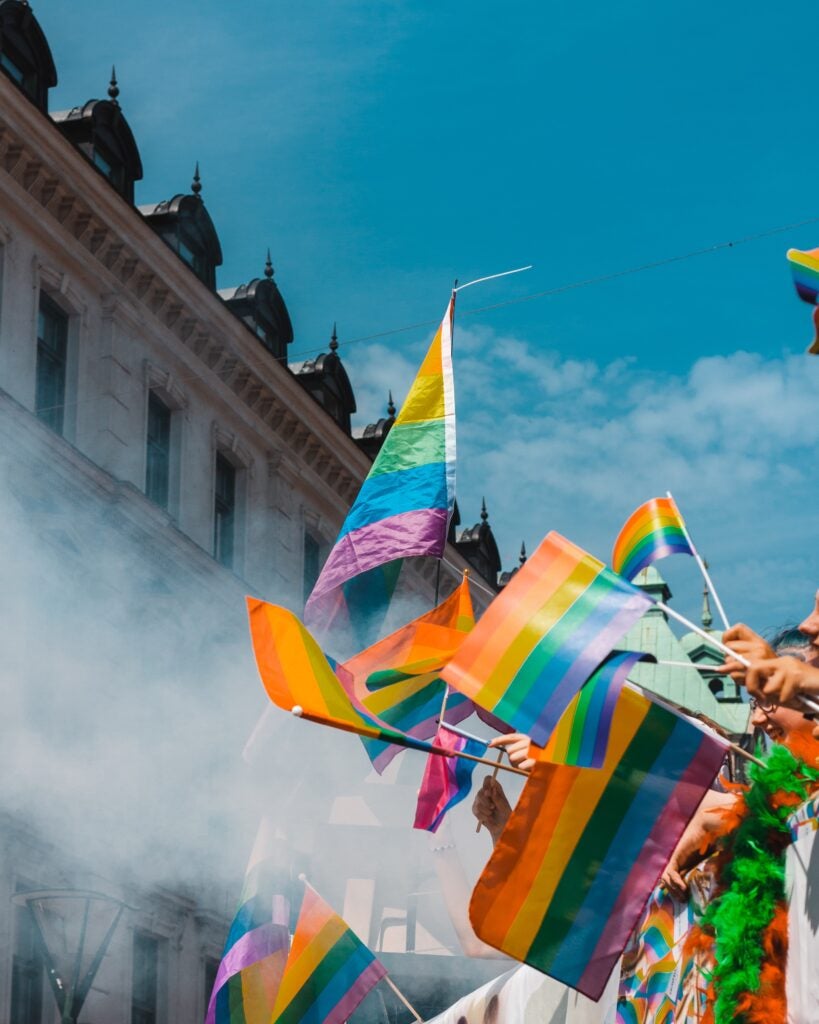
- Use inclusive and gender-neutral language. Inclusive language is a form of communication in which an effort is made to create a safe, positive, welcoming, and inclusive environment. For example, by referring to your significant other as your “partner” instead of your “boyfriend” or “girlfriend”, you are promoting non-heterosexist language.
- Work to educate members of your own group about the different forms of oppression.6
- Be reassuring. If someone has the courage to come out to you, do not ask them questions such as, “are you sure?” or make statements such as, “it could just be a phase”. These are microaggressions. Work to make the person coming out as comfortable as possible. Be supportive.
- Vote in student, local and federal government elections for candidates that support policies aimed at improving the status of the LGBTQ+ community if you can and lobby these politicians to ensure accountability.4
- Donate time, volunteer service and money to organizations that serve the LGBTQ+ community, if you can.4
- Take part in demonstrations, protests, rallies and marches and be aware of the privilege you may have and how to use it to benefit the LGBTQ+ community at these events, if you are able to. 4
Specific ways to practice allyship to people who are trans* and gender non-binary
In addition to specific ways to practice allyship as a cisgender person, there are specific ways to practice allyship to the trans* and gender non-binary or genderqueer community. These groups are often forgotten about or marginalized among the LGBTQ+ community so here are some ways to support them in addition to the general ways to practice allyship for the LGBTQ+ community.
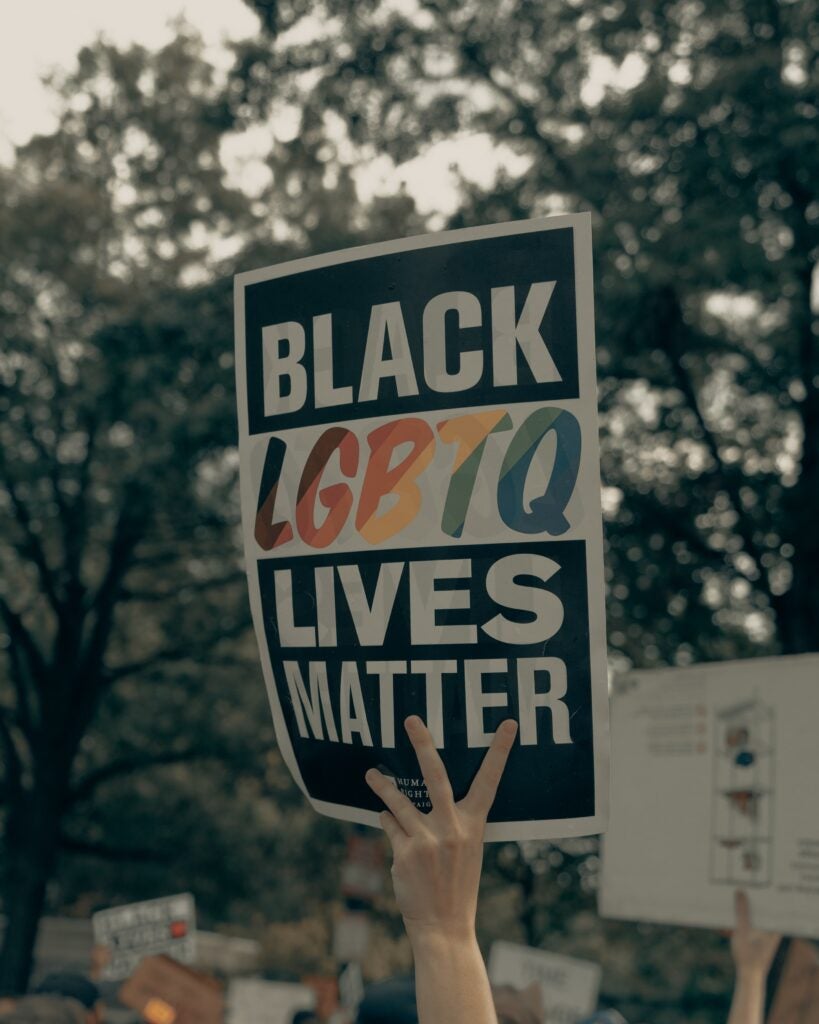
- Call people by their preferred name, pronouns and identity. When in doubt, ask politely and privately.
- If you’ve met someone after transitioning to a different gender, don’t ask to see “before” photos or ask about a “dead” or previous name.7
- Do not make remarks about how people look like a “real” gender or that you “would have never known” if they’ve transitioned. Additionally, do not describe someone as a member of a gender they do not identity with even in a way that’s superficially nice.7
- Word choice matters. Do not use words such as “tranny,” “shemale,” “he-she,” and “shim” which are considered highly offensive and problematic. Furthermore, refer to gender not as a binary of only two identities (man/woman) but as “all genders” or “any gender.”7
- Sexual orientation is different from gender identity, therefore, do not make assumptions about someone’s sexual orientation when they are trans*, gender non-binary or genderqueer. They can identify as gay, lesbian, bisexual, asexual, and more just as any cisgender person does.
- Do not ever question or ask someone about their genitals, whether they are having surgery or taking hormones or how they have sex.7 These are private matters and it is considered very inappropriate to ask about them.
- As with any LGBTQ+ member, try to avoid staring or singling them out in public. It may be instinctual to look at someone who you may be unfamiliar with, but this is considered invasive and even transphobic.7
This is by no means every way to practice allyship to the LGBTQ+ community, but it’s a starting off point. When in doubt, do your research and understand that as convenient as it could be for you, it may be exhausting, hurtful or even invasive to constantly ask LGBTQ+ members to explain information or experiences that can be accessed online (information can even be found on websites like ours).
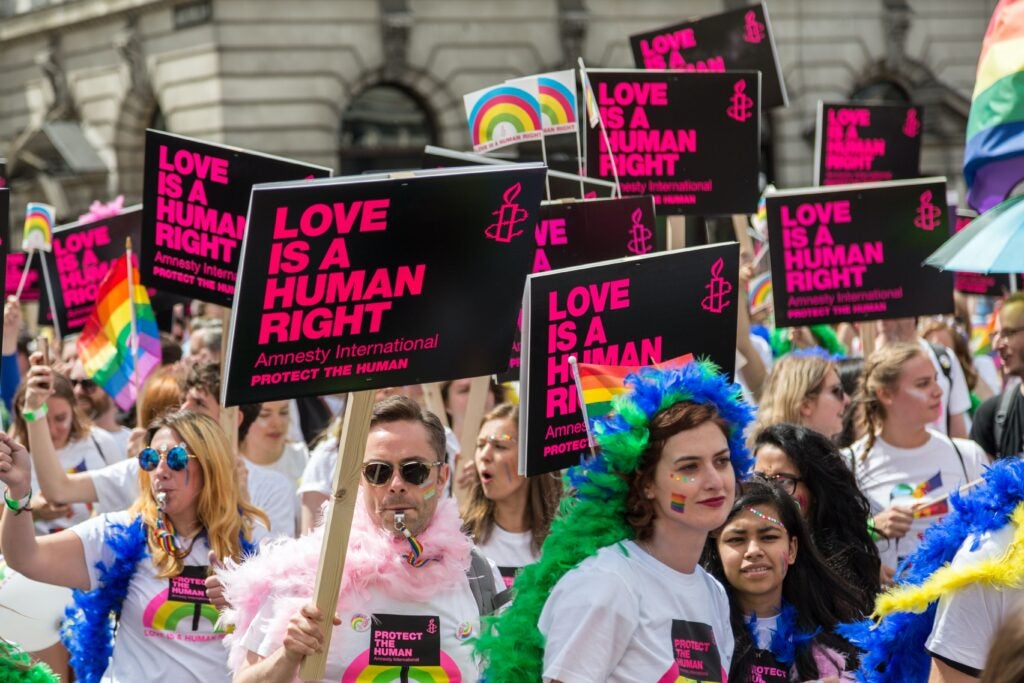
Concluding Remarks
Remember that allyship is an ongoing process that requires repeated action and continual education. Don’t give up if you make a mistake but learn from that mistake and grow. There is no way to practice “perfect” allyship and certain individuals of the LGBTQ+ community may prefer different ways to suit their individualized needs. The LGBTQ+ community needs help to live safer and more equitable lives and practicing inclusive allyship is one way to help secure that!
References
- Sawyer, Kyle. “Introduction: Privilege and the Three Phases of Active-Allyship.” Building Allies, 09 Apr. 2018
- Pierce, Allison. “Being a Good Ally is an Ongoing Process.” National Organization for Women, 23 Jun. 2015
- Garcia, Jonathan et al. “Social Isolation and Connectedness as Determinants of Well-Being: Global Evidence Mapping Focused on LGBTQ youth”Global Public Health, 15:4, 497-519, 23 Oct 2019
- “Ally Up! Practice Effective Allyship.” Cornell Health, Sep. 2019
- “How To Become An Ally.” How To Become An Ally. N.p., n.d. Web. 12 Oct. 2016.
- Bishop, Anne. Becoming an Ally: Breaking the Cycle of Oppression in People. London: Zed, 2002. Print.
- “A Guide Towards Allyship” Transwhat?,Date Accessed: 13 April 2020
- Oxford English Dictonary “Intersectionality” Date accessed: 03 May 2020
Last Updated 02 June 2020
